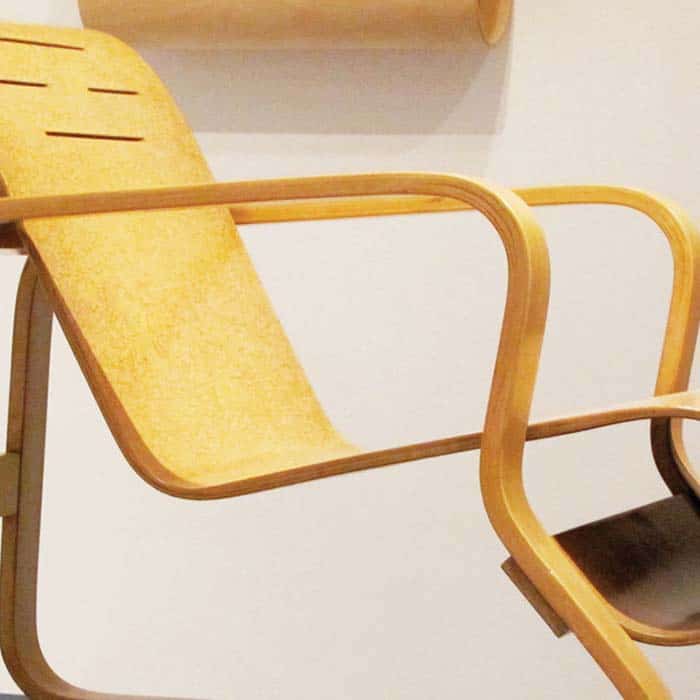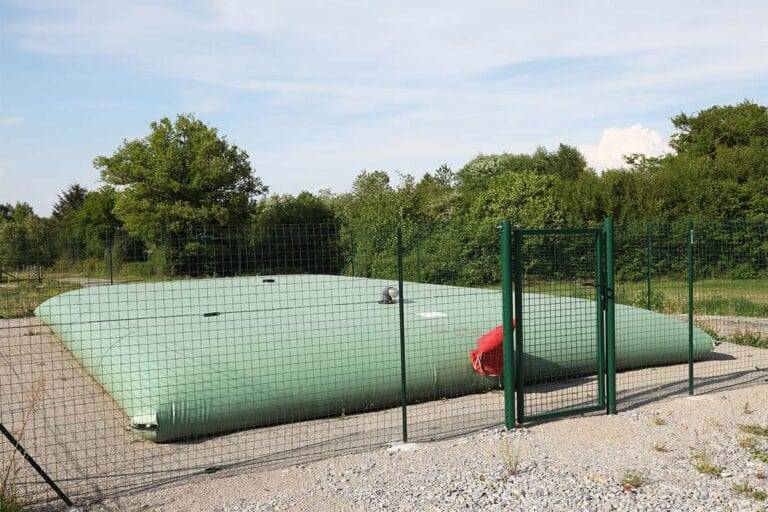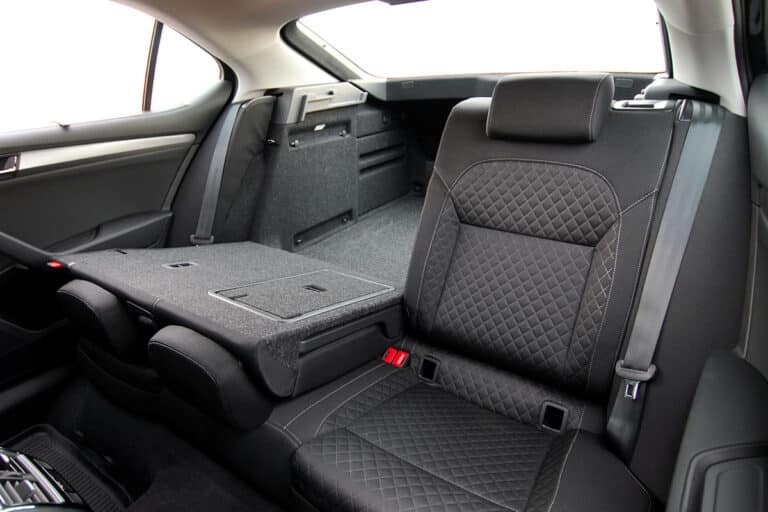What is MDF? Medium Density Fiberboard (MDF) is an engineered wood product formed from wood fibers obtained by breaking down hardwood and softwood using a defibrator. The wood fibers are then glued together using wax and resin adhesive and made into panels by applying high temperature and pressure.
What is Plywood? Plywood is made from good log, called peelers. Thin layers are peeled from the wood by rotating it along its horizontal axis. The sheets of veneer thus obtained are cut to the desired dimensions, dried, patched, glued together and then baked in a press at 140 °C (284 °F) and 1.9 MPa (280 psi) to form a plywood panel.
Strength and durability MDF is not as hard as plywood and can be damaged easily when handled rough. It is not as stiff as plywood and can sag with weight when used as shelves without reinforcement.
The cross graining of plywood improves dimensional stability by reducing expansion and shrinkage equating. The strength of panels is consistent across both directions. Moreover, the odd number of sheets reduces warping. Another advantage of plywood is that extreme cold does not affect its dimensions or strength.
Thanks to the use of RF technology, the cost of tooling (moulds) is several times lower than with the use of traditional methods of wood forming. The raw material is placed inside the mounted on the press table mould and after closing the high hydraulic pressure is applied. Then the RF frequency is turned on to start the heating process. The RF heating can be roughly compared to that of a microwave oven. In other words the heating take place inside the molded material not on the surface of the mould.
This technology is extremely energy efficient and fast. The average time for forming/gluing process is between 2-20 minutes relative to the thickness and surface of the raw material. It is also environmentally friendly since it does not produce any harmful vapors or steam.





